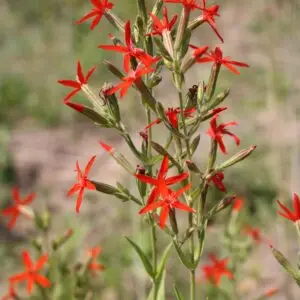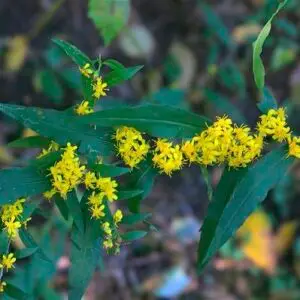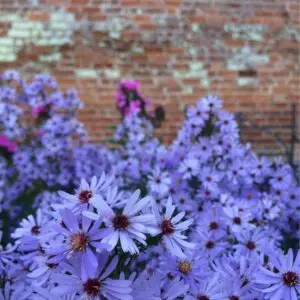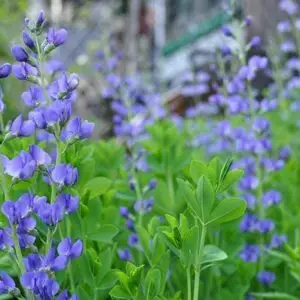!
Monarda bradburiana – Eastern Beebalm(B&B.DR.DRG.FRG.H.HMR.NB.OP.RR)
$15.00
Ecosystem Services:
(B)-Birds (B&B)-Birds & Butterflies
(BTF)-Butterflies (BW)-Black Walnut Resistant
(DR)-Deer Resistant (DRGHT)-Drought Resistant
(EC)-Erosion Control (EVR)-Evergreen
(FC)-Fall Color (FRG)-Fragrant
(GRD)-Groundcover (H)-Host plant
(HMR)-Hummingbirds (M)-Mammals
(MTH)-Moths (N)-Nectar
(NB)-Native Bees (NST)-Nesting Material
(OP)-Other pollinators (RR)-Rabbit Resistant
(SHWY)-Showy (SPC)-Specimen Plant
Eastern beebalm is a herbaceous perennial inf the mint family (Lamiaceae) and is native to the southern and central US.
Eastern bebalm grows 1-2 feet tall and 2-3 feet wide in a neat mound. It tolerates full sun to part shade and medium to dry, even rocky well-drained soils. It needs good air circulation and naturalizes well by self-seeding. Deadheading will help promote additional blooms.
This plant blooms before other monardas in April to May and the showy lavender flowers attract bees. The leaves are scented and the plant is generally resistant to damage by deer.
Plant this in the native pollinator garden near the front of the border, in groups or in a naturalized area.
Host plant for 13 species of butterflies and moths, including the Orange Mint and the Hermit Sphinx Moths.
| Size | 4" Pots for Preorder Only, Trade Gallons, Two Gallons, Three Gallons |
|---|





